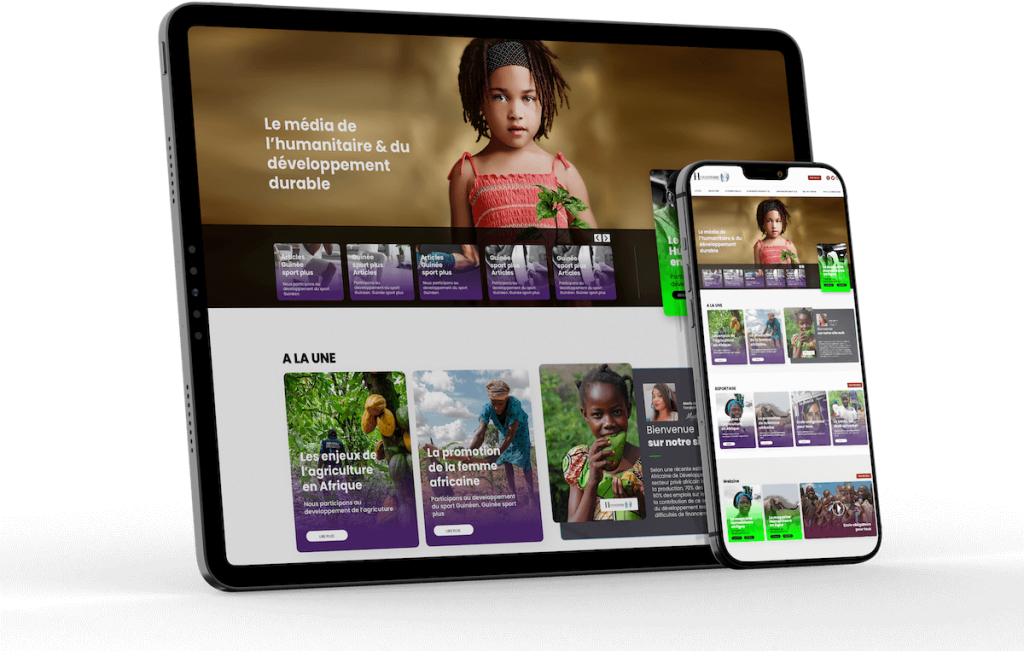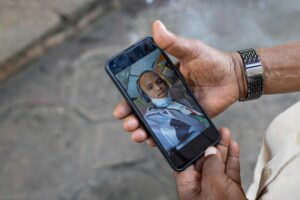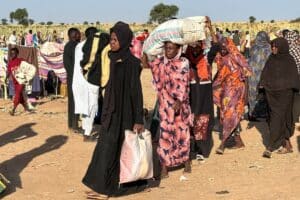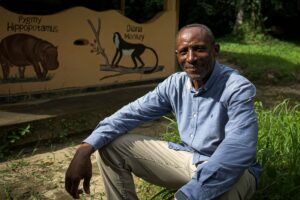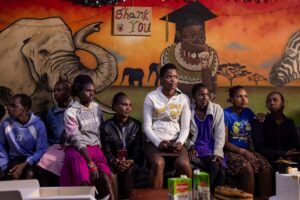25 November 2022
Paris – France
By Benjamin Legendre
COP27 on climate ended without any major progress on saving nature: a “missed opportunity” for many experts and activists who were counting on more synergies to avoid a failure at COP15 on biodiversity, in December 2022 in Montreal.
The subject is not entirely absent from the final Sharm el-Sheikh declaration, in which all countries acknowledge that “there is an urgent need to address, in a comprehensive and synergistic manner, the interconnected global crises of climate change and biodiversity loss”.
But there is no new commitment to this long-standing scientific finding, which is far from being put into practice.
So there is nothing to reassure the participants of the 15th United Nations Conference on Biodiversity, scheduled for 7 to 19 December in Montreal. Almost 200 countries, signatories to the Convention on Biological Diversity (CBD), are expected to reach an agreement on a global framework for safeguarding nature and its resources, with a list of targets to be achieved by 2030.
But after two years of difficult negotiations, chaired by China and interrupted by the pandemic, the outcome remains highly uncertain.
“It is regrettable that COP27 did not send a very strong signal to COP15, it is a missed opportunity,” deplores Li Shuo, a senior Greenpeace official, who is convinced that Montreal will not ultimately be the equivalent for biodiversity of the Paris climate agreement.
Yet the climate crisis and the biodiversity crisis “are twin sisters”, he reminds us. “The elder one has received a lot of political and public attention, while biodiversity has remained in the shadows.
Apart from the Canadian Prime Minister, no head of state or government is expected in Montreal, whereas there were more than 110 in Egypt.
– One third of the solution” –
“We need to solve these two crises if we are to have a liveable planet for future generations,” insisted Brian O’Donnell, director of Campaign for Nature.
Nature “is up to a third of the climate solution” and “it’s a proven technology”, he argues, citing the oceans, the unsung “superheroes” of carbon absorption. Not forgetting the forests, another carbon sink, the water and soil that filter our pollution, the mangroves that slow down coastal erosion, the pollinators that are essential for plant reproduction, etc.
“We need to see all this as a single Earth system, itself a series of ecosystems that sustain the planet, and then we can solve the climate crisis,” sums up this conservation expert.
But time is running out. “We cannot afford another ten years of inaction on biodiversity,” he warns, as the world has failed to meet the “Aichi targets” (Japan), set in 2010 at the 10th CBD conference.
The framework negotiated in Montreal should increase targets, including 30% protection of land and sea, but also establish a real implementation and monitoring system and unlock crucial funding for poor countries.
But “decades of separate approaches to these issues still too often continue,” laments Brian O’Donnell.
The UN has been working in parallel since the Rio Earth Summit in 1992. This was the birthplace of the CBD and the Framework Convention on Climate Change (UNFCCC), as well as a third, the Convention to Combat Desertification (UNCCD).
Since then, each has its own institution and holds its own Conference of the Parties (COP) at regular intervals.
[…]
Should we go so far as to merge these Rio conventions? No, says Bettina Laville, founder of the Comité 21 think tank: “the subjects would be drowned out and the sharpness of the negotiations would be greatly reduced,” says the woman who has followed them closely since 1992.
bur-jv-bl/ico/LyS
Agence France-Presse
